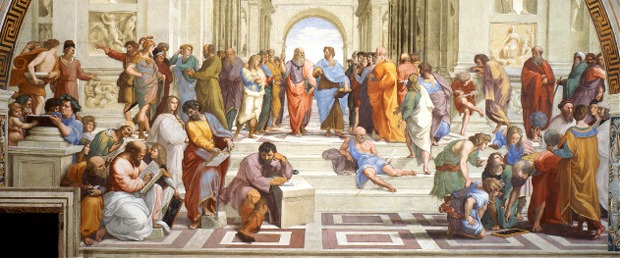Picture a chilly, lamp-lit study in early 16th-century Poland. Nicolaus Copernicus sits hunched over his manuscripts and telescopic notes, daring to challenge centuries—no, millennia—of tradition. For so long, everyone believed Earth was the center of everything. Yet, Copernicus has a radical idea: What if the sun, not the Earth, was at the heart of our universe?
This heliocentric theory would astonish Europe. It flipped the script on the cosmos and set the stars spinning in new, beautiful orbits. Word spread like wildfire, inspiring mathematicians and astronomers to study the skies with fresh eyes and bold dreams.
Decades earlier, further south in Italy, a young Leonardo of Pisa—better known as Fibonacci—was stirring up a different kind of revolution. In bustling marketplaces and echoing cathedrals, merchants and scholars struggled with the clunky, confusing symbols of Roman numerals. Fibonacci, drawing from the wisdom he encountered while traveling along Mediterranean trade routes, offered a better system: the Hindu-Arabic numerals we use today.
Through his groundbreaking book, “Liber Abaci,” published all the way back in 1202, he didn’t just show how numbers could be simpler—he revealed the elegant, spiraling beauty of the Fibonacci sequence. Slowly but surely, Europe embraced this “new math,” making calculations easier for everyone from merchants to astronomers.
With new worlds beckoning beyond the Atlantic, European explorers needed better ways to navigate roaring seas. Enter Gemma Frisius and his contemporaries, who brought the power of trigonometry and innovative geometry to mapmaking. Their work made the mysterious edges of the world a little less unknown.
Soon, mathematicians and scholars were connecting, comparing notes across borders and generations. Royal courts funded their studies, universities opened doors, and all around Europe, brilliant minds worked together like never before.
The spirit of the Renaissance swept through, guiding everyone back to the classic works of Greece and Rome. Thinkers like Erasmus declared mathematics essential for every learned person, elevating its role in education and daily life.
